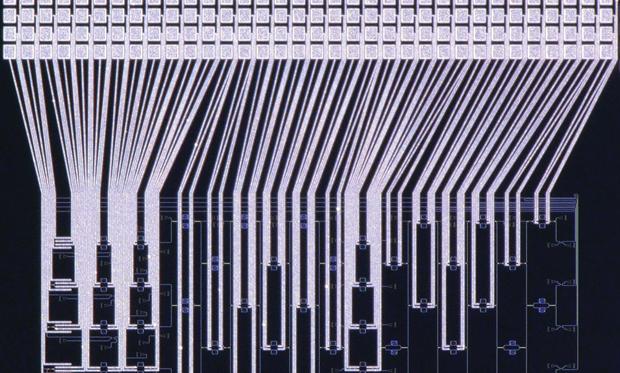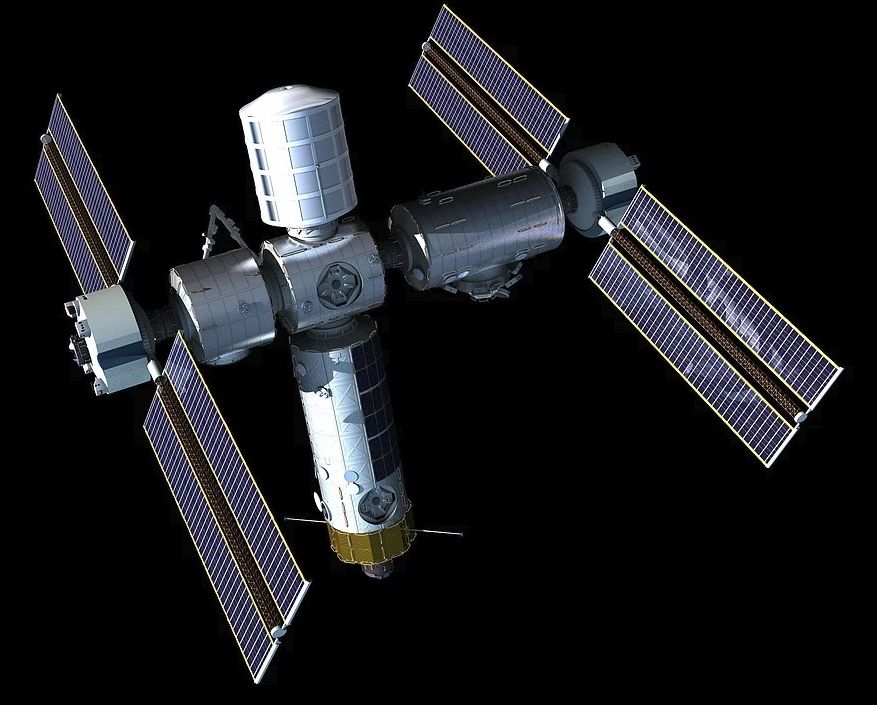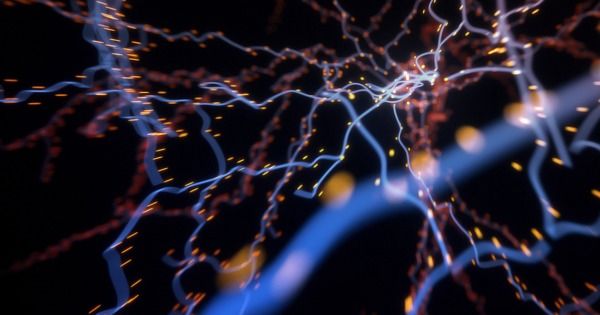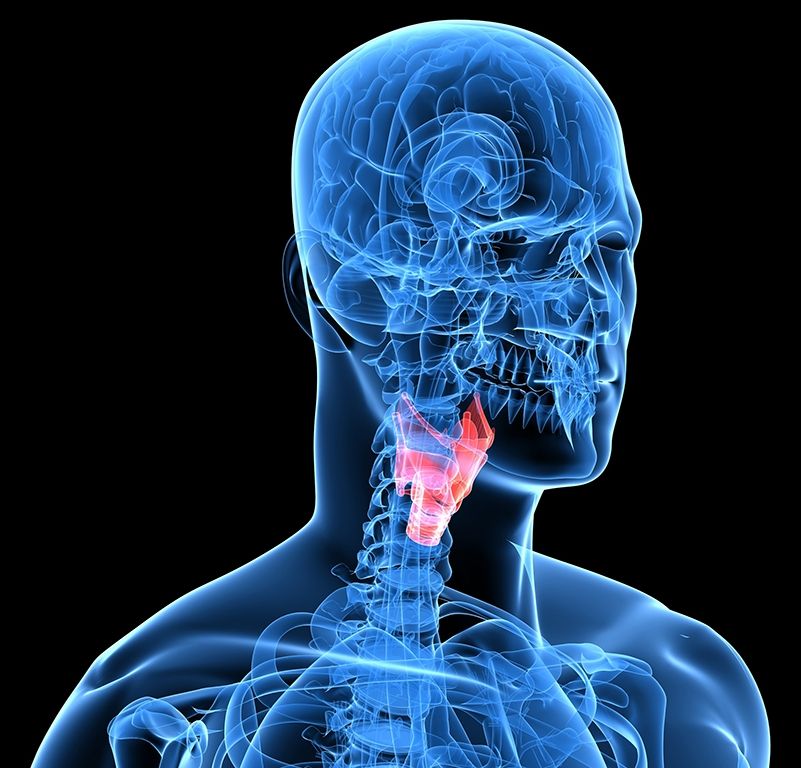After 15 years of development, an Israeli tech firm is optimistic it will finally get its 1,500 kilogramme (1.5 tonne) passenger carrying drone off the ground and into the market by 2020.
The Cormorant, billed as a flying car, is capable of transporting 500 kilogrammes (around half a tonne) of weight and travelling at 185 kilometres per hour. It completed its first automated solo flight over terrain in November. Its total price is estimated at $14 million.
Developers Urban Aeronautics believe the dark green drone, which uses internal rotors rather than helicopter propellers, could evacuate people from hostile environments and/or allow military forces safe access.









